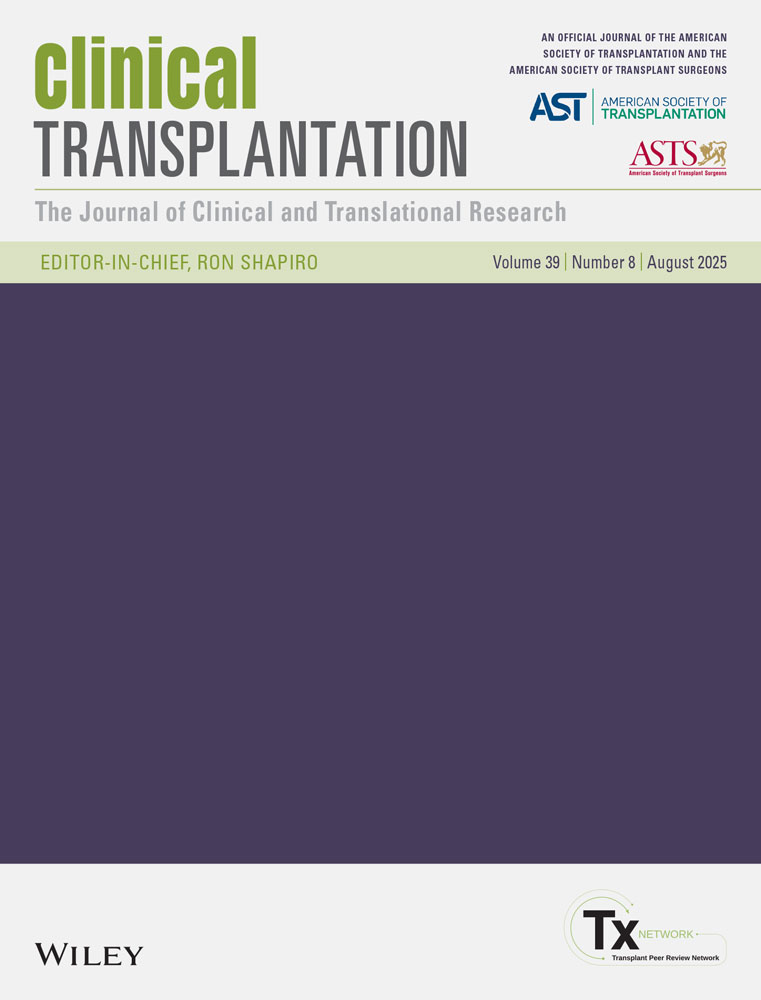Hospital charges following simultaneous kidney–pancreas transplantation: enteric drainage versus bladder drainage
Abstract
Background. Enteric drainage (ED) is associated with reduced morbidity compared with bladder drainage (BD) after simultaneous kidney–pancreas transplantation (SKPT) and is becoming increasingly common (more than 50% of SKPTs done in the US in 1998 were performed with enteric drainage). Although several studies have reported the morbidity and graft survival of ED compared with BD previously, there are limited data available comparing the length of stay and hospital charges between these two drainage procedures. Methods. Fourteen SKPTs were performed during the period January 1995–May 1998 using BD and 20 during June 1998–August 1999 using ED. Hospital charges analyzed included the following categories: pharmacy, inpatient room, laboratory, operating room, medical–surgical supply, radiology/nuclear medicine, and miscellaneous. Organ acquisition charges and professional fees were not included in this analysis. Results. The mean hospital stay for patients with ED was 7.8±2.2 d (range 5–12 d; median 7.5 d) compared with 15.9±7 d (range 8–38 d; median 15 d) for patients with BD (p=0.002). The mean hospital charges during initial hospitalization for the ED group were $36 582±11 424 compared with $64 555±29 054 for the BD group (p=0.005). There was a significant decrease in the charges relating to pharmacy, inpatient room, laboratory, radiology/nuclear medicine, and miscellaneous category in the ED group compared with the BD group, while the charges relating to operating room and medical–surgical supply were no different between the two groups. One-year actuarial kidney and pancreas graft survival rates were 83% and 93%, respectively, for the BD group and 90% and 80%, respectively, for the ED group (p=NS). Conclusions. SKPT patients with ED had a 43% reduction in hospital charges and equivalent pancreas and kidney graft survival rates compared with SKPT patients with BD. A shorter hospital stay and a reduction in pharmacy, radiology/nuclear medicine, and laboratory charges contributed to the decreased hospital charges in SKPT patients with ED.




